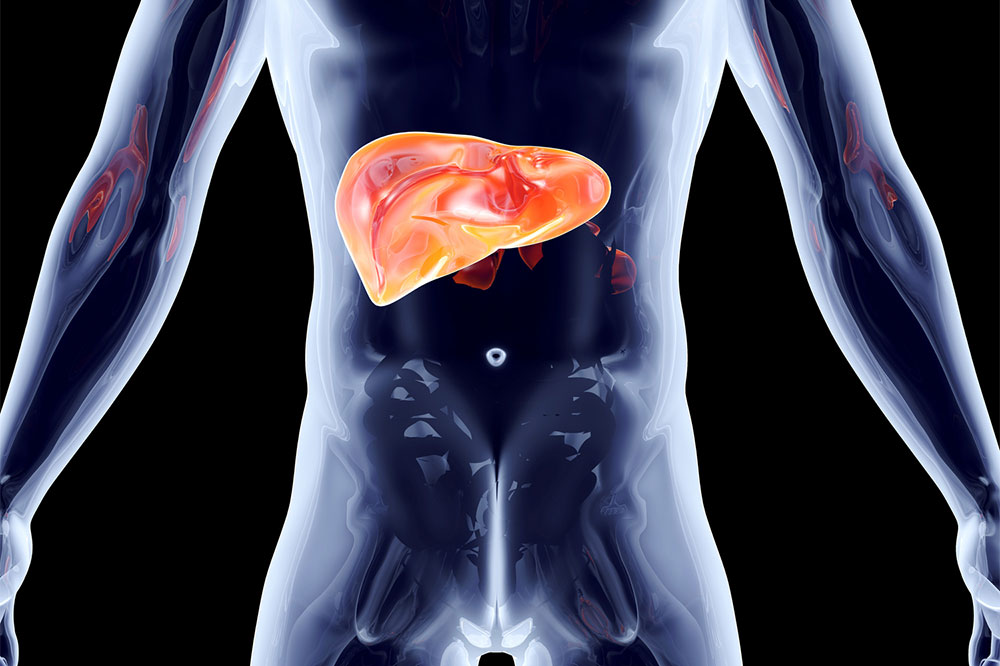Multiple myeloma – Stages, prognosis, symptoms, and management options

Multiple myeloma is a rare health condition involving cancer of plasma cells. Plasma cells secrete immunoglobulin or antibodies responsible for fighting infections and boosting the immune system. Cancerous plasma cells begin developing in the bone marrow in patients with multiple myeloma. The exact causes of multiple myeloma are unknown; however, factors like benzene exposure, age, and specific ethnic backgrounds have been linked with it. This article analyzes various myeloma stages, prognosis, symptoms, and treatment options.
Stages of Multiple Myeloma
Multiple myeloma stages are typically classified using one of two distinct evaluation systems – the Durie-Salmon staging method and the International Staging System (ISS):
Durie-Salmon staging
This staging method classifies multiple myeloma into three stages based on factors such as the number of myeloma cells, hemoglobin and albumin counts, the amount of M-protein in one’s blood or urine, calcium levels in the blood, and the level of bone damage caused by myeloma cells. This method also classifies myeloma into Group A or Group B, wherein A indicates no damage to kidneys, whereas B implies kidney damage. A person could be classified as Stage IIB, for example.
International Staging System (ISS)
The following aspects are considered under ISS:
Albumin levels
The average albumin level is 3.5 to 5.5 mg/dL. Albumin levels below 3.5 mg/dL indicate the onset of multiple myeloma.
B2-microglobin (β2-M) levels
The ideal β2-M measure should be less than 3.5 mg/L. Individuals with stage-II multiple myeloma have β2-M levels from 3.5 mg/L to 5.5 mg/dL. Stage-III multiple myeloma involves β2-M >5.5 mg/L.
R-ISS, the revised version of this test, additionally incorporates information on serum LDH and chromosomal abnormalities.
Prognosis of Multiple Myeloma
The five-year survival rate of individuals with multiple myeloma is 40-82%; 78% of individuals diagnosed with this condition are alive five years following the diagnosis.
Symptoms
Some of the early signs of multiple myeloma include bone pain, weakness in the limbs, nausea, constipation, loss of appetite, fatigue, excessive thirst, infections, and mental fog.
Hypercalcemia
It refers to excessive calcium levels in the blood, leading to bone damage. This can cause drowsiness, kidney damage, and constipation.
Anemia
Myeloma cells typically overpower healthy red blood cells, leading to anemia.
Fever
Fever, often accompanied by infection in the lungs and respiratory tract is one of the other symptoms of this condition.
Blood clots
Multiple myeloma is associated with the formation of blood clots in the body’s deep veins. These clots prevent blood passage to the lungs or the areas in which they develop.
Treatment options
Chemotherapy
Chemotherapy is among the recommended options to destroy melanoma cells and is used to eliminate the condition partially or wholly. This treatment uses drugs to kill the cancer cells and with high doses of the same used before a bone marrow transplant.
Stem-cell transplantation
Stem-cell transplantation refers to killing the affected cells from the bone marrow through chemotherapy and replacing these with new, healthy ones.
CAR-T therapy
This therapy involves the modification of specific cells in one’s body. It is a useful intervention to prevent multiple myeloma relapse.






